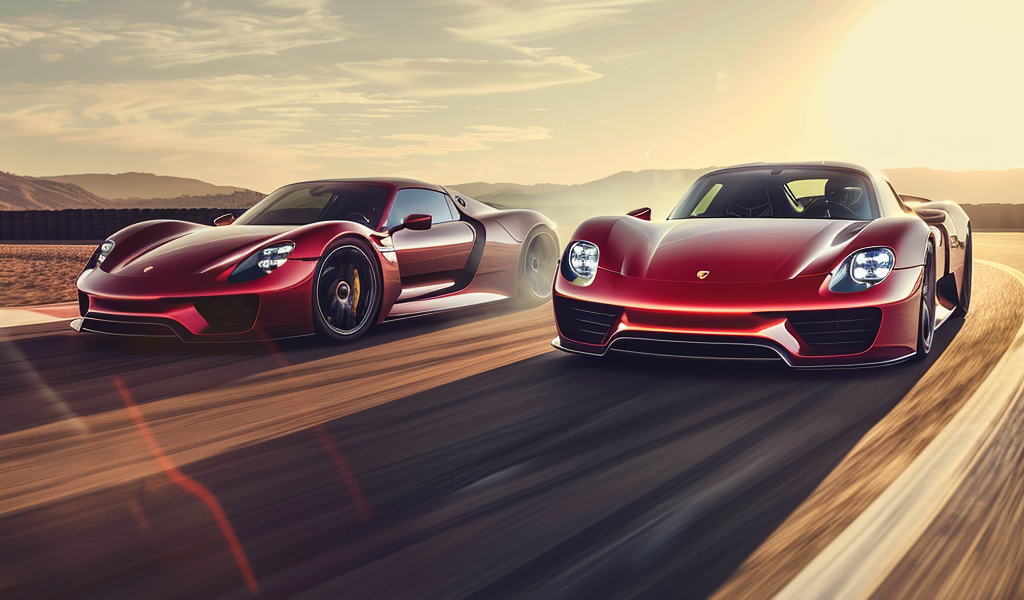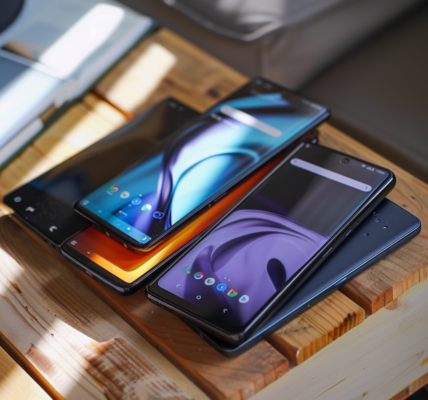In the hypercar arena, the competition is fierce, with manufacturers constantly pushing the boundaries of performance, design, and technology. Recently, the automotive world has seen significant developments from key players like McLaren and Ferrari, stirring excitement among enthusiasts. McLaren’s unveiling of the W1, a highly anticipated successor to the iconic P1, was met with immediate enthusiasm. Not to be outdone, Ferrari quickly responded with the debut of its F80, showcasing its commitment to the hypercar segment.
Amidst this competitive landscape, Porsche remains a notable contender, albeit with a more measured approach. While the German automaker has not announced plans to introduce a new hypercar to complete the so-called ‘Holy Trinity’ for the second time, they have been quietly exploring innovative concepts that could take the hypercar world by storm.
One of the most intriguing concepts to emerge from Porsche’s design studios is the Mission X, unveiled earlier this year as part of the brand’s 75th-anniversary celebration. The Mission X is a cutting-edge hypercar concept that is generating buzz for its potential to transition into a production model. With a sleek, futuristic design, the Mission X features an electric drivetrain and boasts significantly more downforce than the already impressive 911 GT3 RS. Its construction heavily incorporates carbon fiber, contributing to a lightweight yet robust frame.
While specific technical specifications have not been disclosed, Porsche has hinted that the Mission X is designed exclusively with electric power in mind. This means that enthusiasts should not expect to find a roaring naturally aspirated V10 engine nestled behind the cabin. Instead, the concept promises a remarkable weight-to-power ratio of just 2.2 pounds per horsepower, positioning it as a formidable player in the hypercar segment.
The anticipation surrounding the Mission X is palpable, especially as Porsche CEO Oliver Blume indicated that a decision on whether to move forward with production is expected by the end of this year. With only a couple of months left on the clock, the pressure is mounting. Blume noted the overwhelmingly positive feedback received during the anniversary celebration, which serves as a significant motivator for the team. However, the path to production is fraught with challenges, particularly in the realm of electric vehicle technology, which is still evolving.
In addition to the Mission X, Porsche has continued to invest in the legacy of the 918 Spyder, even over a decade after its production concluded. In 2019, the company introduced the Vision 918 RS, a concept that represents a modern evolution of the original 918 Spyder. This innovative design diverges significantly from its predecessor, featuring a coupe form with a racing-inspired aesthetic.
The Vision 918 RS showcases a range of advanced design elements, including a prominent front splitter, a roof-mounted fin, and a speed-activated rear spoiler, all complemented by a substantial rear diffuser. This striking appearance suggests that the Vision 918 RS would fit right in among the high-performance vehicles competing at prestigious events like the 24 Hours of Le Mans.
Porsche’s dedication to the hypercar segment is evident in its ongoing efforts to enhance the 918 Spyder’s performance, including collaborations with tire manufacturers like Michelin to develop superior tires for the model. This commitment to innovation and performance underscores Porsche’s position as a leader in the automotive industry.
As the hypercar landscape continues to evolve, Porsche’s potential contributions, including the Mission X and Vision 918 RS, are eagerly awaited by enthusiasts and industry experts alike. The brand’s ability to balance tradition with cutting-edge technology will be crucial as it navigates the future of hypercars in an increasingly competitive market.
With the automotive world buzzing about the latest hypercar developments, Porsche’s strategic decisions in the coming months will undoubtedly influence the trajectory of its future models and the broader hypercar segment. As the lines between performance, sustainability, and innovation blur, Porsche’s next moves will be watched closely by fans and competitors alike.





